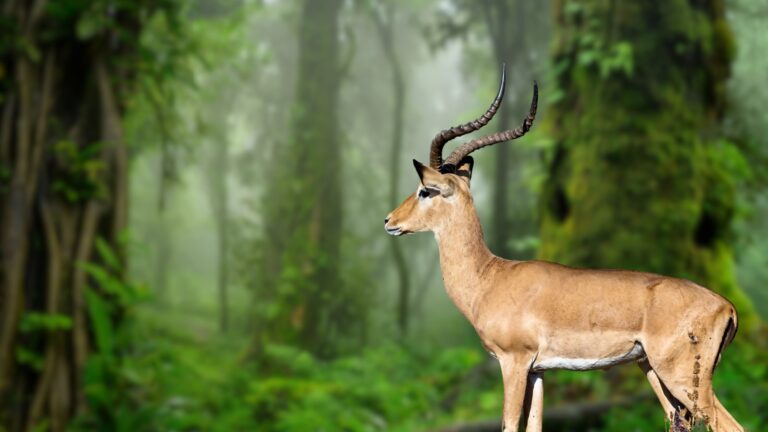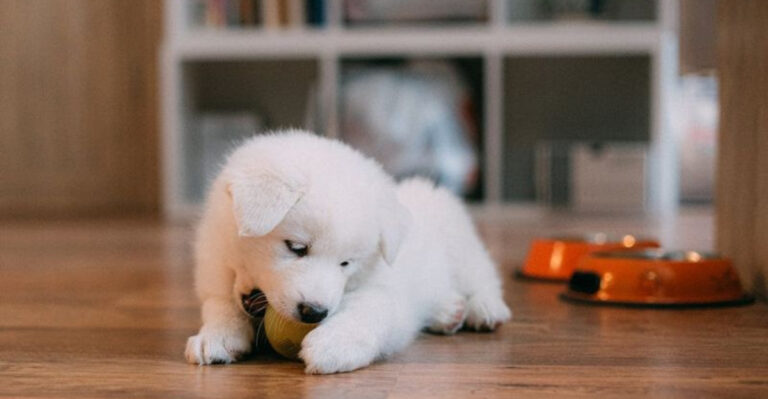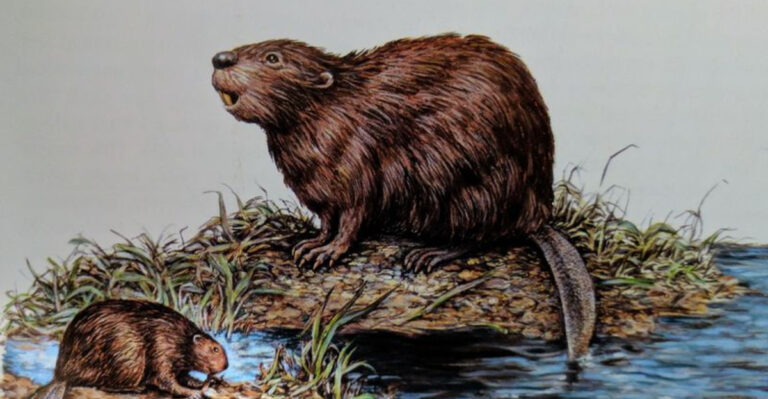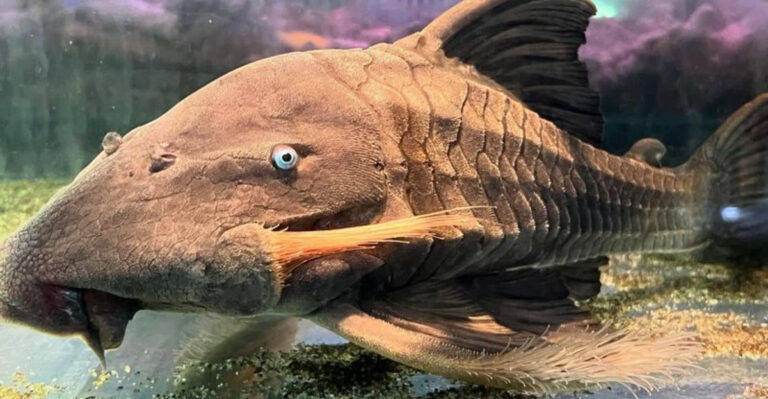10 Fascinating Facts About Koalas And 5 Challenges They Face In The Wild
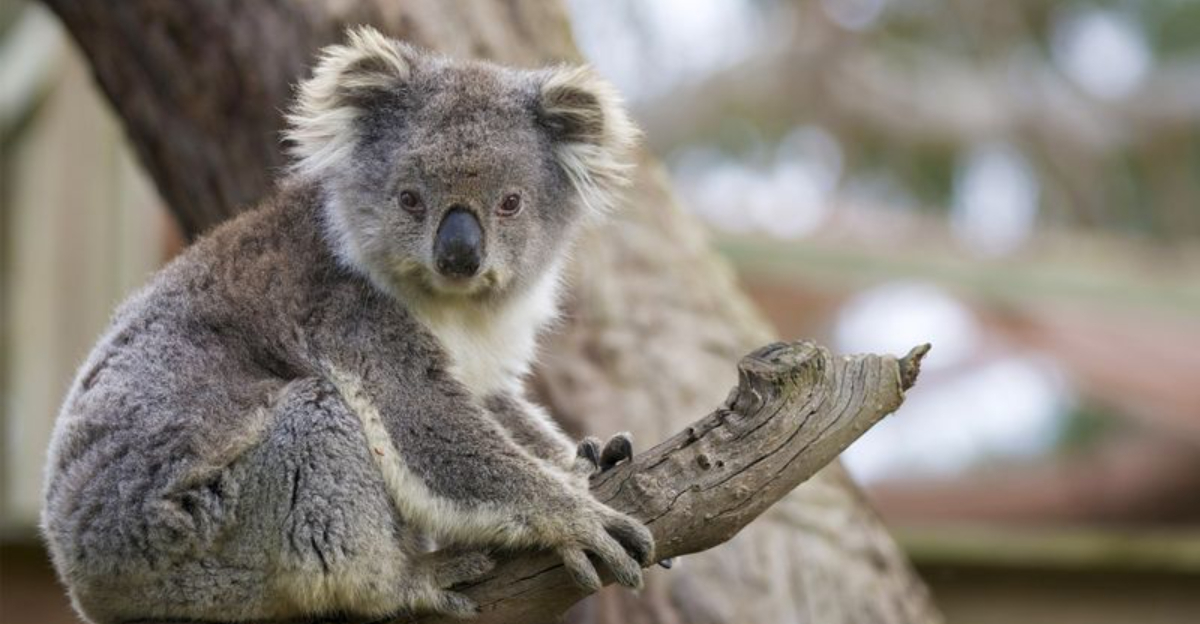
Ever wondered about those adorable fuzzy marsupials from Down Under? Koalas might look like teddy bears, but they’re complex creatures with surprising traits and habits.
While they munch eucalyptus leaves in the Australian treetops, these iconic animals face growing threats to their survival. Let’s explore what makes koalas special and the hurdles they’re up against in today’s changing world.
1. Fingerprints Like Humans
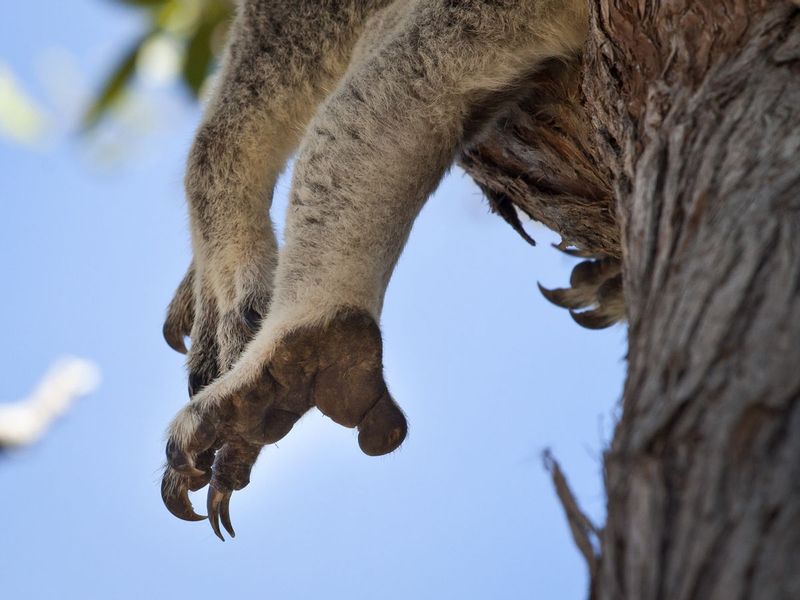
Believe it or not, koalas have fingerprints nearly identical to humans! These unique patterns are so similar that they’ve actually confused crime scene investigators in Australia.
Their fingerprints evolved independently from humans but serve the same purpose – improving grip. This remarkable example of convergent evolution shows how unrelated species can develop similar traits.
2. Sleep Champions Of The Animal Kingdom
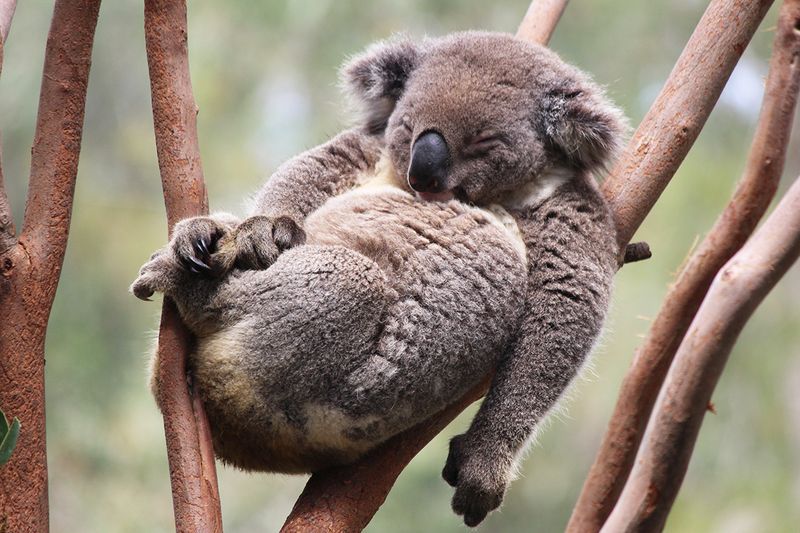
Snoozing up to 22 hours daily, koalas are among the sleepiest animals on Earth. Their eucalyptus diet provides minimal energy while containing toxins that require extra processing.
All that shut-eye conserves precious energy. When you survive on food that’s basically toxic and provides little nutritional value, you’d be tired too! Their metabolism works overtime just to extract nutrients.
3. Built-In Cushions For Tree Sitting

Those fluffy bottoms aren’t just for show! Koalas have special cartilage pads on their rumps that act like built-in cushions for comfortable tree sitting.
These natural seat cushions allow them to perch on branches for hours without discomfort. Evolution provided the perfect adaptation for their arboreal lifestyle – imagine having your own portable chair wherever you go!
4. Toxic Diet Specialists

Talk about picky eaters! Koalas munch exclusively on eucalyptus leaves that would poison most other mammals. Their specialized digestive systems contain unique microbes that detoxify the poisonous compounds.
Baby koalas even eat their mother’s poop to get these special bacteria! This unusual behavior, called pap-feeding, helps joeys develop the gut flora needed to handle their toxic future diet.
5. Water-Free Living

Rarely seen drinking, koalas get nearly all their hydration from eucalyptus leaves. Their name actually comes from an Aboriginal word meaning “no drink.”
During normal conditions, leaf moisture satisfies their water needs completely. They only resort to drinking from streams or puddles during extreme drought or heat waves – a rare sight that often indicates environmental stress.
6. Tiny Brains With Big Personalities
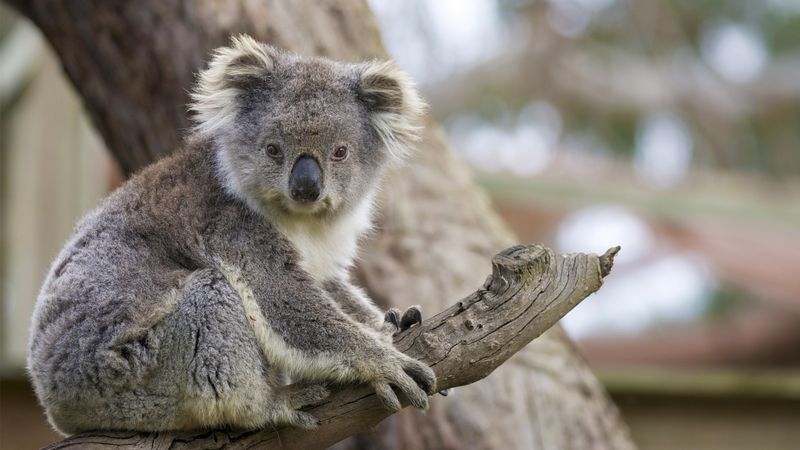
Sporting unusually small brains relative to body size, koalas have smooth brains that fill just 60% of their cranial cavity. The rest is filled with cerebrospinal fluid! This brain structure evolved as an energy-saving adaptation.
Despite their limited brain capacity, koalas display distinct personalities and can recognize familiar humans and other koalas through their excellent sense of smell.
7. Two Thumbs Per Hand
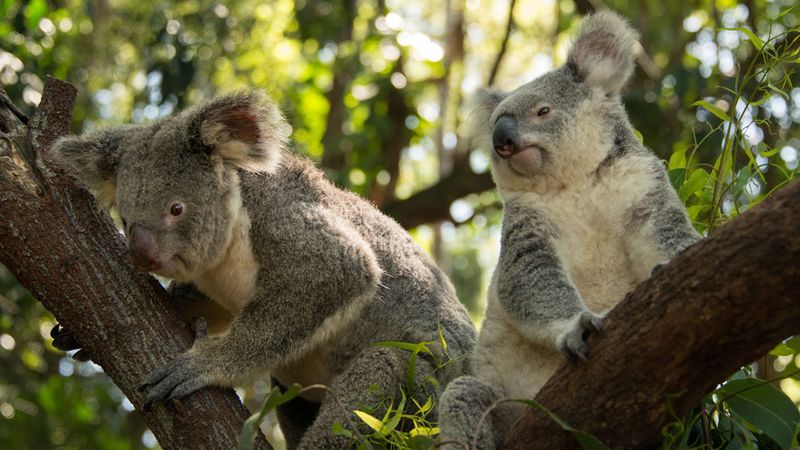
Double the gripping power! Koalas have two opposable thumbs on their front paws, giving them incredible dexterity for climbing and grabbing branches. These specialized digits work like our thumbs but in duplicate.
This unusual adaptation provides superior grip strength and precision when navigating through the treetops or selecting the perfect eucalyptus leaves to munch.
8. Backward Pouch Protection

Unlike kangaroos, koala pouches open downward toward their hind legs rather than upward. This clever design keeps baby joeys from falling out while mom climbs trees.
The backward-facing pouch also protects babies from branches, leaves, and debris during climbing. Mother koalas have strong sphincter muscles at the pouch opening to keep it tightly closed when necessary for extra security.
9. Unique Vocal Range
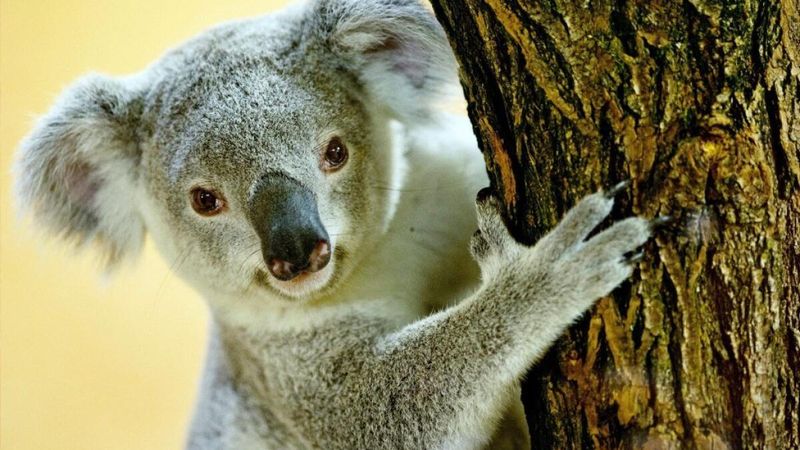
From cute snoring to terrifying bellows! Male koalas produce deep, resonant calls that sound impossibly loud for their size – like a motorcycle engine or crocodile roar. These vocalizations can travel over a kilometer through the forest.
Females recognize individual males by their unique vocal signatures during mating season, helping them choose the strongest partners with the most impressive territory.
10. Eucalyptus Connoisseurs

Out of 700+ eucalyptus species in Australia, koalas only eat about 30. They’re incredibly picky, sometimes traveling miles to find their preferred varieties. Using their excellent sense of smell, they can detect subtle chemical differences between leaves.
Koalas even avoid certain trees with higher toxin levels and prefer leaves with specific moisture content and nutritional profiles – true eucalyptus gourmets!
11. Habitat Loss Threatens Survival
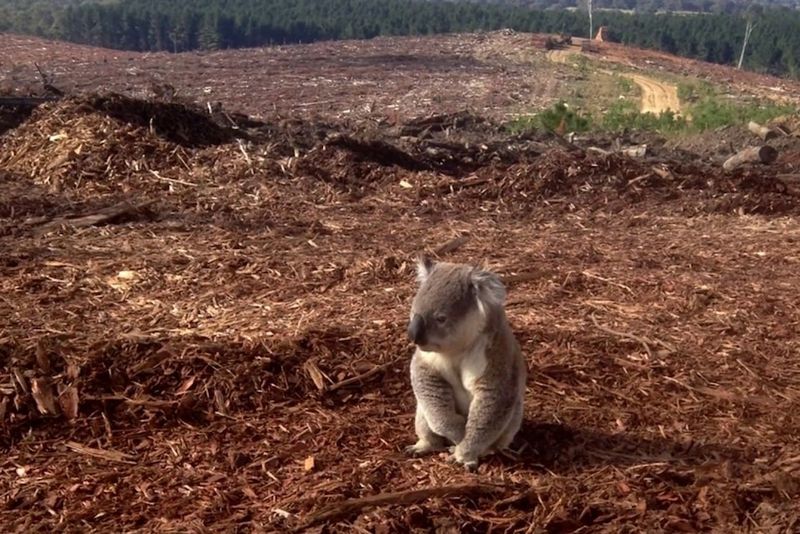
Bulldozers and chainsaws spell disaster for koalas. Over 80% of their habitat has vanished since European settlement, with remaining forests increasingly fragmented.
Urban sprawl forces koalas to cross dangerous roads and enter suburban areas. Without connected eucalyptus forests, populations become isolated, leading to inbreeding and reduced genetic diversity that weakens their ability to adapt to environmental changes.
12. Deadly Road Dangers
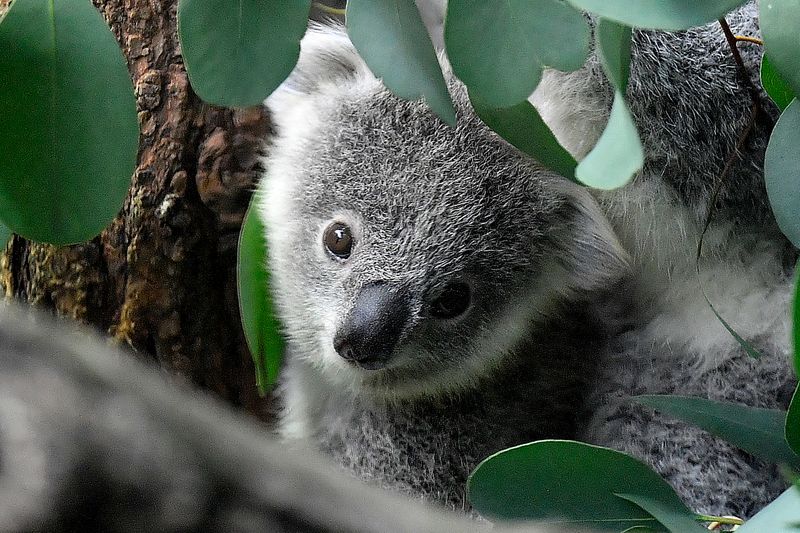
Thousands of koalas die annually on Australian roads. As slow-moving climbers, they’re poorly equipped to navigate traffic when traveling between fragmented habitats.
Their natural response to danger – freezing or climbing higher – proves fatal near roadways. Wildlife bridges and underpasses offer hope, allowing safe crossing between separated forest patches, but these infrastructure solutions remain limited compared to the scale of the problem.
13. Chlamydia Epidemic
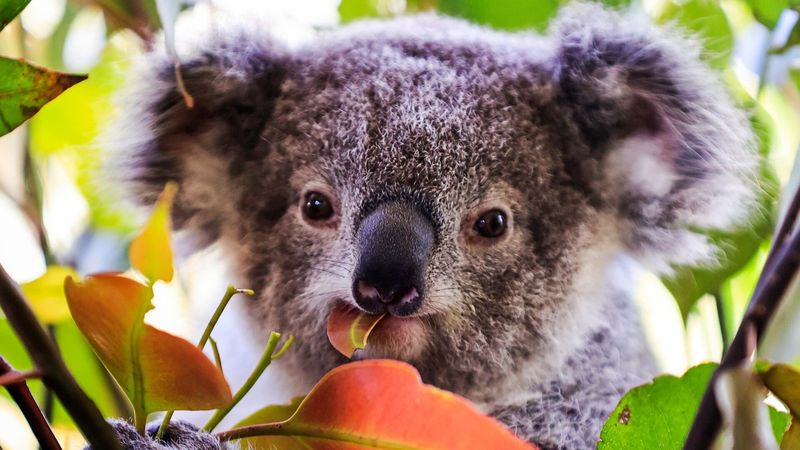
A silent killer sweeps through koala populations – chlamydia affects up to 100% of some groups. This bacterial infection causes blindness, infertility, and painful cysts that can be fatal.
Stress from habitat loss weakens their immune systems, making them more susceptible. Researchers are developing vaccines, but widespread treatment remains challenging as infected koalas must be captured, treated with antibiotics, and monitored before release.
14. Climate Change Impacts
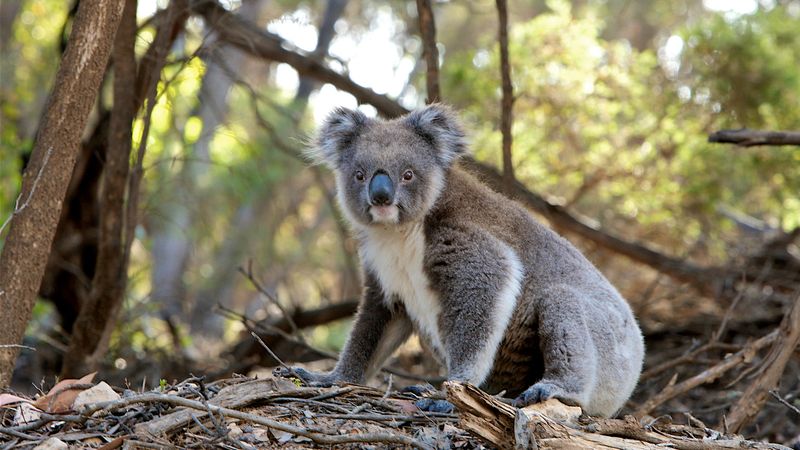
Rising temperatures and CO2 levels are making eucalyptus leaves less nutritious and more toxic. This dietary degradation forces koalas to spend more energy searching for adequate food.
Increasing heatwaves also cause fatal dehydration, as koalas typically don’t drink water. Their specialized lifestyle, evolved over millions of years, provides little flexibility to adapt to rapidly changing climate conditions.
15. Devastating Bushfire Vulnerability

The 2019-2020 Australian bushfires highlighted koalas’ extreme vulnerability to wildfire. Unable to escape quickly, thousands perished as flames engulfed their treetop homes.
Even survivors faced starvation as their food sources burned. The increasing frequency and intensity of bushfires due to climate change represents an existential threat to koalas, with some populations losing over 70% of their members in a single fire season.


